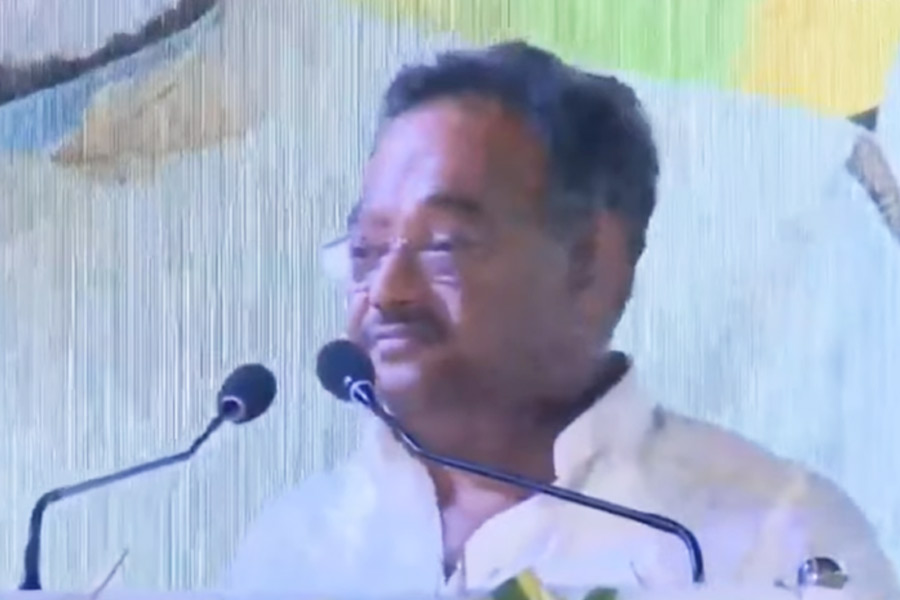 |
The weather god has left residents of the state capital high and dry this monsoon.
The deficit in monsoon rainfall in the state came down from 50 per cent on June 20 to 37 per cent on Sunday. But the picture in the state capital did not change much. The rain deficiency slipped from 78 per cent to barely 75 per cent in the city during the period.
The temperature has been on the rise in the city from the past weekend. Saturday’s maximum temperature was 35ºC, which rose by 1ºC on Sunday. It went up to 39.9º C on Monday. The southwest monsoon hit the city on June 19.
Weathermen said the central and western parts of Bihar were receiving poor rainfall as compared to the state’s northern, eastern and southern regions. “The rainfall in June occurs mainly because of local climatic factors such as cyclonic circulation. The local weather factors favourable for rainfall in the central southern parts of the state have almost been ineffective as compared to other parts,” India Meteorological Department director (radar) Ashish Sen said on Monday.
He cited the cyclonic circulation that caused heavy downpour at many places in Jharkhand last week to support his claim. “The circulation became weak within a day it entered Bihar. It still caused moderate to heavy rainfall in many districts across north, east and south Bihar. But isolated places in central and west Bihar received trace or light rainfall,” Sen added.
The Met official said such uneven rainfall was likely to be replaced by even rainfall from the first week of July. “The monsoon trough line is usually formed by the first week of June, when the southwest monsoon covers more than 75 per cent of the state. It is this trough line that finally causes an even distribution of rainfall in Bihar. When this trough line would pass across Uttar Pradesh, Bihar, Bengal and further to the Bay of Bengal, the central parts of the state, including Patna, would receive rainfall like any other part of the state,” he added.
“There can be heavy downpour in Patna only when the monsoon is active in the state for eight to 10 days and a strong system forms over the north-west of the Bay of Bengal,” Sen said. Some weather scientists differed from Sen’s view. “Most places in Bihar are likely to receive deficit rainfall in July because of a negative air pressure difference over the Indian Ocean and the Pacific Ocean. This is likely to trigger an El Nino effect on the monsoon, This can be associated with poor rainfall in the past,” said Adbus Sattar, who teaches meteorology at Rajendra Agriculture University, Samastipur.










